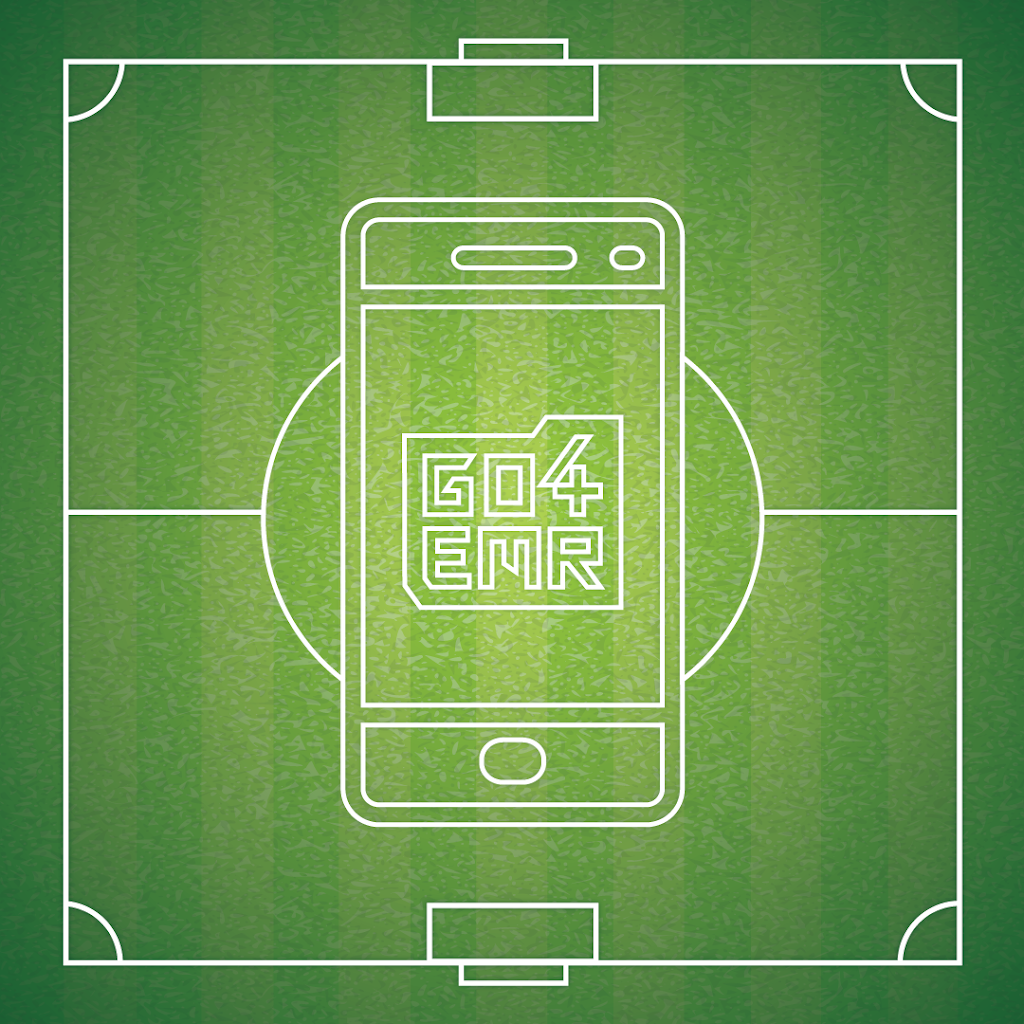BPPV: Concussion Series with Nick Pfeifer, EdM, ATC


By: Nick Pfeifer, EdM, ATC
Benign Paroxysmal Positional Vertigo (BPPV). That’s a mouthful – or maybe an earful is more like it. Either way, it sees us ATs more than we see it. Think about it. The chances this type of vertigo results from the high velocity nature of a concussion has to be pretty good. Fortunately for us and our patients, we can find it and fix it with just a couple of sessions.
BPPV is one of the most common causes of vertigo and if you think about what is going on, it makes total sense in the presence of a concussion. When the little otoconia (inner ear crystals) get dislodged from their normal resting place on the membranous otolith (inner ear gel), they can get misplaced somewhere else within the inner ear. The inner ear is super sensitive to these types of things. The nerve fibers sit within the gel and when the gel moves it stimulates the nerves. The crystals have weight so they move in relationship to gravity, resulting in the gel moving and the nerve getting stimulated. Our body knows where we are in space because of this system. That’s pretty neat if you ask me.
The high velocity nature of a concussion causes these crystals to get dislodged from the gel and misplaced somewhere else in the inner ear. This results in nerves getting stimulated wrongfully and thus vertigo enters the chat. The crystals have mass, so they will always be moved in relationship to gravity. If they are not where they are supposed to be though, our body is not able to distinguish the difference which is why it causes positionally dependent vertigo.
To screen for BPPV we use the Dix-Hallpike Test, which involves quickly laying the patient down in a specific way so the inner ear canal lines up with gravity so we can wait to see if the position results in symptom provocation and/or nystagmus. If it does, well you guessed it, we are now looking at BPPV right in the ears . . . err eyes.
To treat this condition, we need to get the crystals back to their normal resting place. In order to do that we must think back to a game we all probably played in our pediatrician’s office, the labyrinth. By using the Eply’s Maneuver we are able to slowly and intentionally move the otoconia through the inner ear canals by quickly changing head and body positions to return them to their normal resting place just like we have done with the marbles for all that time in the waiting room. When done correctly, this maneuver results in pretty immediate symptom relief. It’s pretty incredible to be able to help someone who feels so crummy with such an easy and quick maneuver.
Typically, after a couple of rounds across a couple of sessions, the patient’s symptoms are resolved. Just like that. As an AT we are able to find this dysfunction and treat it immediately. That’s really something special. BPPV is really tough to experience as the patient, but really easy to diagnose and treat as the AT. No fancy equipment is needed, just you, your patient and a table. Just remember, yes, we can. Go out there and be greAT.
Need an athletic trainer? Go4 is a nationwide app/platform that connects teams and organizations with per diem athletic trainers for games, practices, camps, clinics and tournaments. For more information, or to find and hire an athletic trainer, visit go4.io
If you’re an AT looking to pick up a shift or two, create your free Go4 account.
Are you an Athletic Trainer?
Join us!
From per diem shifts to full-time opportunities, AT resources, PLI, a free EMR and more, Go4 is the essential AT app. Sign up now!
"*" indicates required fields
Other articles you might like

What’s the deal with Standing Orders?
How do I get standing orders as an athletic trainer? Q: What are standing orders? A: Standing orders, aka medical protocols, establish the scope of practice for an athletic trainer. Under the direction of a physician, they are an overview of the specific skills that the AT is legally able…

AT Spotlight: Thomas Obergefell, Athletic Training from the Dugout
Name: Thomas Obergefell, MS, ATC, LAT Nickname: T.J. Alma…

Middle School / High School / College / Any School EMR – The Importance of Documentation
Go4’s in-app Electronic Medical Record We all know the reasons why it’s important to thoroughly document, but incase you forgot, here they are:…